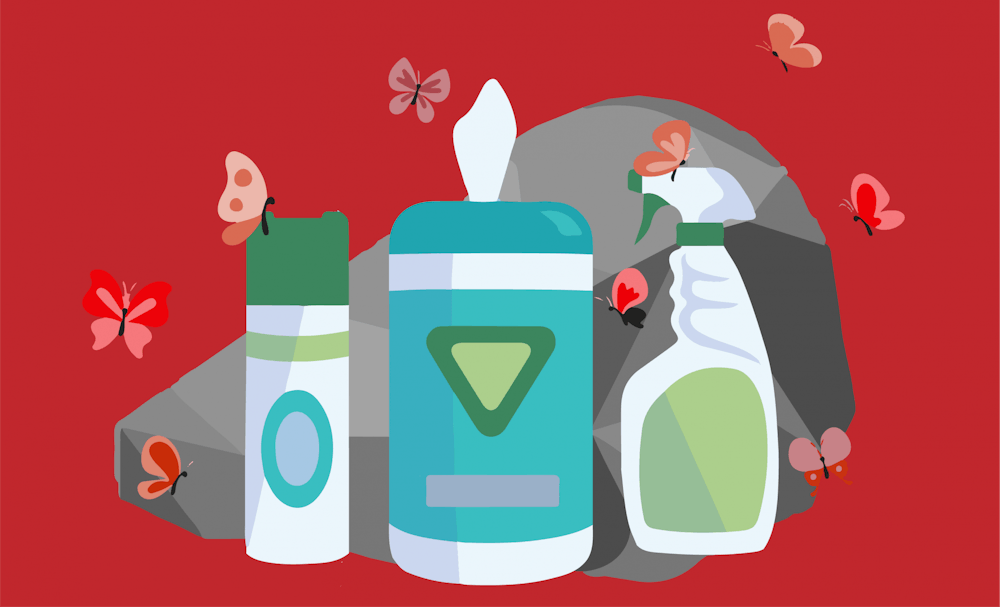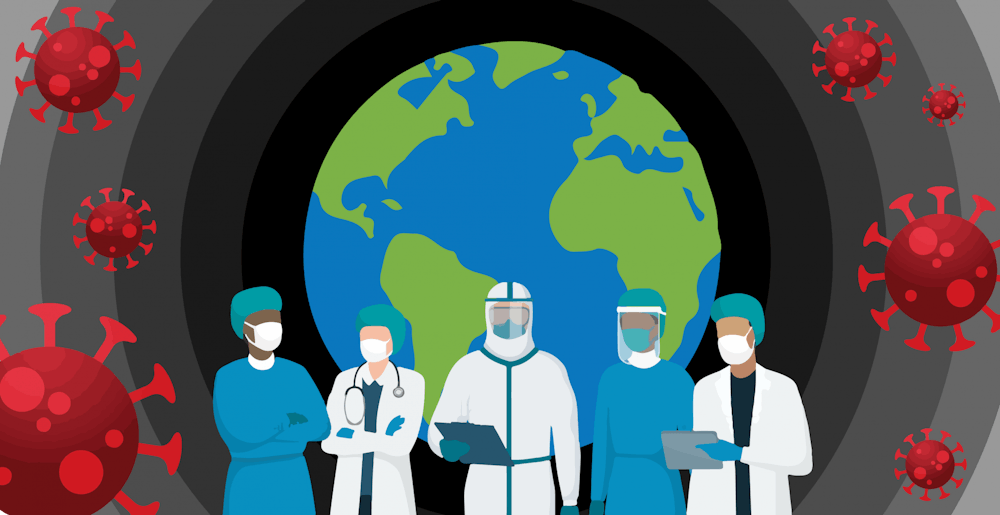The first time I saw a video thanking and cheering on our health care workers — including our doctors, nurses, and EMTs — I cried.
I cried because more than 1300 U.S. health care workers have died since the beginning of this pandemic. I cried because that number does not capture the number of workers suffering from burnout, depression, and other trauma-related disorders or the ones who were so affected that they committed suicide. I cried because that number and that video do not even begin to reflect the experiences of health care workers and their families.
Coverage of the pandemic has been dominated by the White House's actions and commentary, as well as numerous statistics. As of Nov. 16, more than 11.2 million people have been infected, of which at least 246,421 people have died and 517,471 people have been hospitalized.
What is lacking from most mainstream media is the effect that COVID-19 has had on those who confront it most directly as they fight to keep the infected and dying alive. As the daughter of an anesthesiologist, I have come to find that my perception of the virus and its impacts is not one that people read about when they pull up the news on their phones or computers. Instead, my understanding of COVID-19 is largely measured by its impact on people like my mother, health care workers who operate on the front lines and sacrifice so much to treat patients nearly every day.
Rather than watching the case count on The New York Times or other news outlets, I track the number of cases by the times my phone rings before my mother arrives home from work, by the times the door to the garage slams shut immediately followed by the sounds of the washer running. These are the times we are what my family calls "code red," when we handle clothing with gloves and disinfectant and maintain distance until she has showered.
The virus' toll is written in the additional stress lines on her face, the fatigue that plagues her posture and her limbs. It makes up the extra silence that echoes throughout our house on certain days, the constant sadness that defines her features. It shows in the masks she sometimes wears at home and the tenseness that surrounds her on those days when a fellow doctor tests positive. It impedes our lives each time we must stay away, avoiding contact until 14 days have passed.
This virus manifests itself in the anxious butterflies, the leaden rock that seems to constantly weigh in our stomachs as we wait for the other shoe to drop. It can be found in the constant state of fear that we have unfortunately become accustomed to living in, fear that this virus will invade our home and infect those of us who are particularly vulnerable due to preexisting conditions. It reveals itself in the frustration I feel when I see so many failing to socially distance and wear masks, disregarding the need to protect themselves and others.




